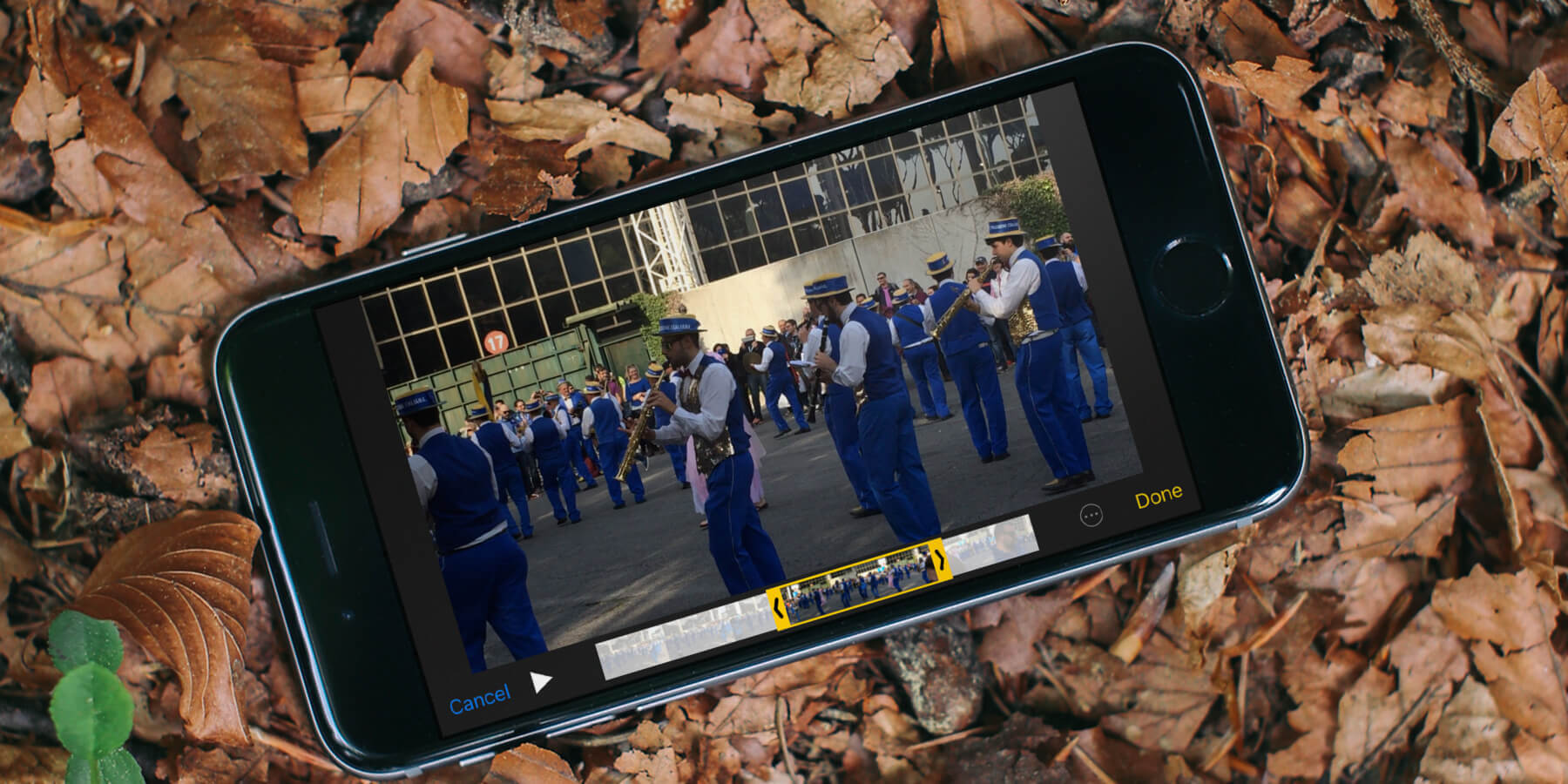
Understanding the Issues
Transferring high-quality videos from an iPhone to an Android device can be challenging due to several factors:
- Video Compression: Messaging apps and social media platforms often compress videos to reduce file size, leading to a loss of resolution and quality.
- Different Video Resolution: iPhones and Android devices have varying screen resolutions and aspect ratios, causing automatic scaling or cropping of videos.
- Video Download in Low Quality: Some cloud platforms offer different resolutions for saving videos. Choosing a smaller size results in pixelated, lower-quality videos.
Using Cloud Storage
Cloud storage services like Google Drive, Dropbox, or iCloud provide an effective way to transfer high-quality videos without losing quality.
Step-by-Step Guide Using Google Drive
-
Upload Video to Google Drive:
- Open Google Drive on your iPhone.
- Tap the "+" icon at the bottom right corner.
- Select "Photos and Videos" from the menu.
- Choose the video you want to upload.
- Click "Upload" to start the process.
-
Share the Video Link:
- Once uploaded, click the three dots next to the video title.
- Select "Get link" and copy the link.
- Send this link to the Android user via email or messaging app.
-
Download on Android:
- On the Android device, open Google Drive.
- Paste the link into the browser or open it from the Google Drive app.
- Click on the video to download it.
- The video will be saved in your gallery without any quality loss.
Using File-Sharing Apps
File-sharing apps like Send Anywhere and WeTransfer prioritize video quality and offer seamless transfers between different operating systems.
Step-by-Step Guide Using Send Anywhere
-
Download and Install Send Anywhere:
- Download and install Send Anywhere on both your iPhone and Android devices.
- Open the app on both devices.
-
Transfer Video:
- On your iPhone, select the video you want to transfer.
- Choose the Android device as the recipient.
- The app will generate a unique code to enter on the Android device.
- Once connected, the video will transfer directly without any compression or quality loss.
Using AirDroid Personal
AirDroid Personal allows sharing videos across devices without losing quality.
Step-by-Step Guide Using AirDroid Personal
-
Install AirDroid Personal:
- Download and install AirDroid Personal on both your iPhone and Android devices.
- Open the app on both devices.
-
Connect Devices:
- On your iPhone, go to My Device > Transfer, and tap the Android's name to connect the devices.
-
Select and Send Video:
- Tap the "Attachment" icon > Videos to browse and select the videos you need to share.
- When the videos are uploaded, tick the box at the top and hit Send.
Manual Quality Enhancement
If the video appears blurry after transfer, manually enhance its quality using dedicated video editing apps available on the Google Play Store.
Popular Video Editing Apps
-
PowerDirector:
- Offers advanced editing features including sharpening tools to help unblur videos.
- Follow the app’s instructions to enhance video clarity.
-
KineMaster:
- Provides features to adjust sharpness levels and enhance overall video quality.
- Use these tools to manually improve video quality.
-
Adobe Lightroom:
- A powerful tool that can enhance sharpness and clarity.
- Upload your video to Adobe Lightroom, apply desired filters, and export it in a higher resolution.
Changing Video Format
Optimizing the video format can reduce quality loss. Most Android devices prefer MP4 as the most compatible video format.
Step-by-Step Guide to Change Video Format
- Convert Video Format:
- Use free online tools like VEED.IO to convert your video format.
- Upload your video on VEED.IO’s main page.
- Select an Android-compatible format (usually MP4).
- Start the conversion process.
By understanding common issues and using the right tools, you can enjoy seamless and high-quality video transfers between different operating systems. Whether sharing personal videos or business content, these methods provide a reliable solution to avoid quality loss. Always opt for methods that prioritize original quality, such as cloud storage or specialized file-sharing apps, to ensure videos remain clear and vibrant on any device.
